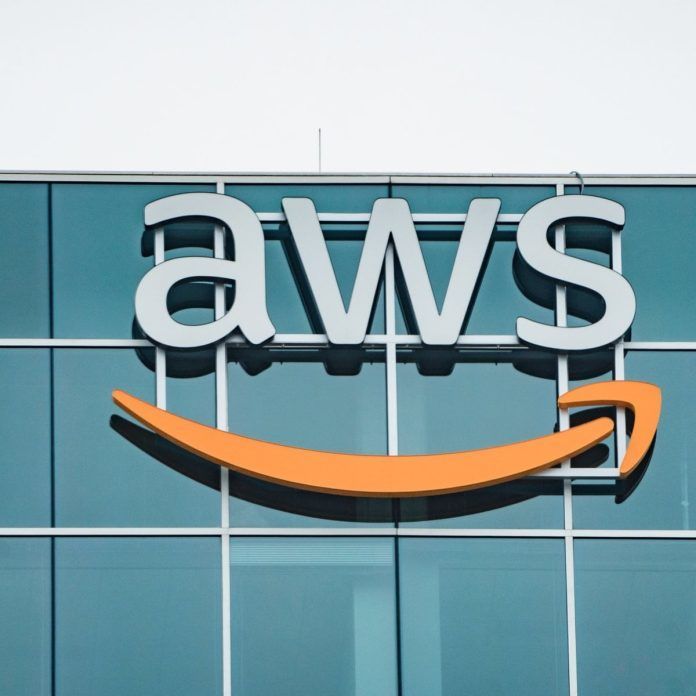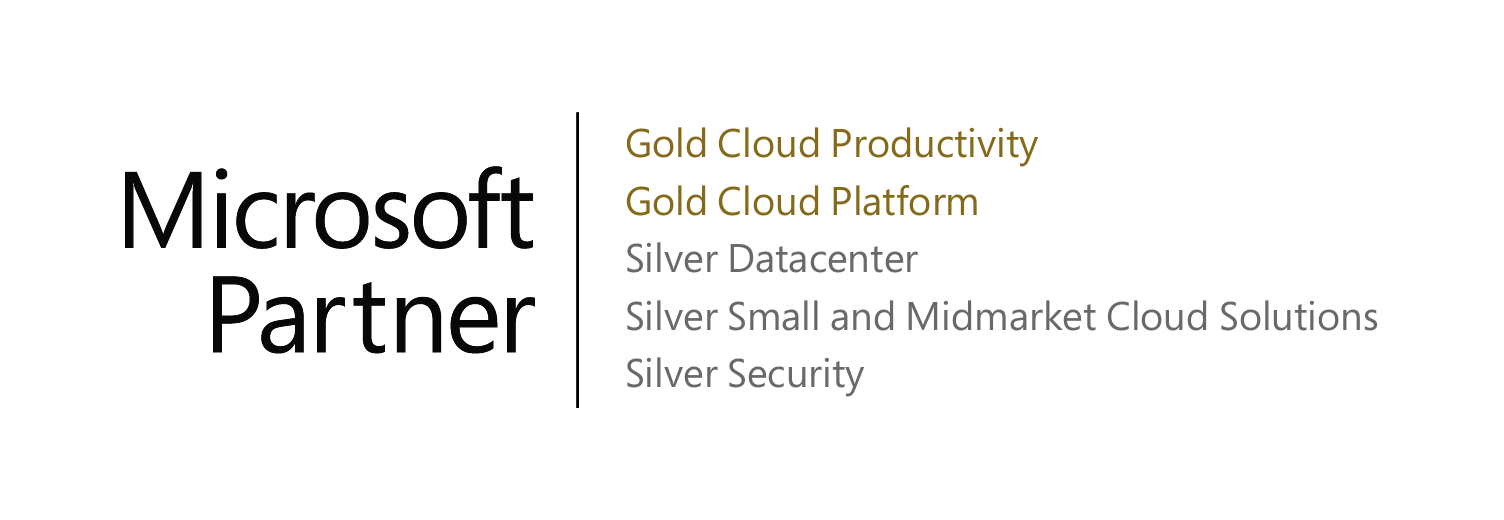The Windows 10 Deadline Is Here—Are You Ready for What Happens Next?
The clock is ticking: Learn your options for Windows 11 migration, Extended Security Updates, and cost‑smart strategies before support ends.
TL;DR
- Windows 10 reaches end of support on October 14, 2025. No more free security or feature updates after that date.
- Your three main options:
- Upgrade to Windows 11 on eligible hardware,
- Purchase Extended Security Updates (ESU) for Windows 10, or
- Refresh hardware or move to cloud desktops.
- ESU pricing starts at $61 per device for Year 1 and doubles each year for up to three years. ESU provides security fixes only—no new features or general support.
What “End of Support” Means (and Why It Matters)
On October 14, 2025, Microsoft stops releasing free monthly updates for Windows 10. That includes the security patches that protect against new vulnerabilities. After that date, devices will still run, but they’ll become increasingly vulnerable and may fall out of compliance with frameworks like HIPAA, PCI DSS, and ISO 27001.
| Path | When to choose it | What you get | Key caveats |
|---|---|---|---|
| Upgrade to Windows 11 | Most devices meet CPU/TPM 2.0 requirements and apps are compatible | Modern security baseline, long support runway, new features | Hardware eligibility, app testing, user training |
| Extended Security Updates (ESU) | You need more time for app remediation or hardware budgets | Security patches for up to three additional years | Security fixes only, price doubles each year, requires Windows 10 22H2 |
| Hardware refresh | Devices are 4–6+ years old or unsupported | Better performance, security, and energy efficiency | Capex or leasing costs, deployment planning |
| Virtualization/Cloud PC | BYOD, contractors, or legacy apps | Secure Windows 11 experience from any device | Requires identity, networking, and cost governance |
This is paragraph text. Click it or hit the Manage Text button to change the font, color, size, format, and more. To set up site-wide paragraph and title styles, go to Site Theme.




